Made in Carcere is "attention to people, the environment, the community" and wants to promote their development by changing the philosophy of life and lifestyles. Made in Carcere is an initiative that already boasts an experience of over 16 years playing a pioneering role in the world of social innovation: it cleared the word PRISON and enabled the reuse of materials in a creative and completely innovative way (and not at all pathetic).
Made in prison in the middle of the global pandemic had to re-model its activities to give continuity to the social project and be able to continue to pay a salary to women, men and minors who otherwise, given the interruption of events in the presence, would have compressed the continuation of its production of ethical gadgets and artifacts. " "Filter Holder Mask Made in Carcere": The masks made within the Apulian women's detention institutions to be made available to the civilian population, penitentiary police personnel, homeless, poor, marginalized people, etc.
Made in Carcere masks have valuable features not only because they protect the environment and include marginalized people in the world of work, but also because it is an innovative, comfortable and functional product. Equipped with a replaceable filter with very high filtering efficiency type II (over 99 percent), they are washable and reusable.
Ours is a model of regenerative economy that touches on issues related to social innovation but also to product innovation. We always try to create something that is not only beautiful but really useful, just as with the washable and reusable filter holder mask, it cuts down on the pollution of the surgical masks you are using. Our non-profit organization wants to show that through the commitment of everyone, the state of things can be changed. We who live in places of degradation and marginalization, the companies that buy our products, allowing us to survive, the final consumer who, through this experience, reflects on the systemic changes in society.
The filter holder mask is the symbol of the ability to react to problems by transforming them into opportunities. we have in fact faced every adversity by creating a model of mask adhering to our principles: reuse of fabric; reuse of the object. In fact, we have obtained recognition for the design because they were the first masks in cotton fabric
Please highlight how the project can be exemplary in this context
Made in Carcere demonstrates that a new lifestyle is possible and pays great attention to safeguarding and protecting the environment through the philosophy of the "second chance" for people and things, that is the use of fabric waste by women inmates or marginalized. The materials used, the textile waste, are usually destined for pulping and then sent to pollute the environment by introducing CO2 into the atmosphere. The materials used to sew Made in Carcere artifacts, being scraps, receive a new life: they are fabrics donated by generous and shiny companies which, instead of discarding them, engulfing the disposal and pollution system, prefer to ensure that these come back to life under their hands. of those who try, every day, to rebuild a second life to regain their dignity in society.
Please highlight how the project can be exemplary in this context
The strength of our project for over 15 years has been to create useful, captivating and beautiful objects with a simple but colorful taste, exactly how we would like life to be. Beauty was crucial to connote the real difference of the usually sad and unstructured products of other prison and / or marginalized realities. We have transferred specific insights into colors and chromatic combinations, so that the creativity of the individual inmate could give the best of his expressive form through our objects.Made in prison has been defined: Montessori method for adults. This initiative has allowed abandoned resources to bring out their creativity and their ability to exist, has allowed people in detention to increase and build their awareness and self-esteem through the beauty and care of people.The artifacts are all made with ingenuity for maximum utility, in which the combination of colors and the chromaticity of the same is closely related to the practical purpose of use. The mission is to create captivating, useful and ingenious gadgets, closely connected with technologies and innovation of life models, so much so that numerous creations take into account maximum use without the use of the hands usually busy using a mobile phone or other digital tools. Exactly how the world of connected technology wants. Despite the uncertainties, the perplexities of the moment, Made in Carcere has given birth to new creative classes that rest their foundations precisely on shared joy as on innovation and on 3 T: Tolerance, Technology, Talent, because it wants to awaken consciences through beauty. and the ability to re-shape things.
Please highlight how the project can be exemplary in this context
Made in Carcere promotes the social reintegration of prisoners, prisoners, minors and women at risk of marginalization, connecting these people with the companies that donate fabrics, with the society that promotes and supports them, with the public administrations that encourage and promote our activities directly and also co-designing shared solutions. The model of restorative, regenerative and transformative economics has been the subject of great attention from the academic world, which has studied its results, giving it more and more space to the point of creating specific teaching subjects in the context of various academic disciplines.
Statistics state that inmates who undertake a job in prison cut recidivism by about 80%, while those who do not have work experience in prison return to prison because they commit an offense of 80%. For the Made in prison case, on the other hand, no prisoner returned to prison, reducing the phenomenon of recidivism by 99%.
Stable relationships have been created in particular with the Luiss University of Rome which, following a proposal shared with the General Director of the Luiss Carli University, subsequently launched a specific path for its students called "Volontarily Luiss" which is implemented with internships summer of about 4 weeks of work in prison. In fact, for eight years, the next will be the ninth edition, Luiss students arrive in Lecce who try their hand at coordinating and studying every single activity that allows the realization of the successful model.
It is also worth highlighting the beneficial social effects, in terms of detention costs which entail for each subject recovered from recidivism a saving for the company of over 65,000 euros per year (average cost of holding in Italy), without then excluding savings in terms of of health care costs incurred for the treatment of depressive pathologies of prisoners.
Please highlight how this approach can be exemplary
Through the use of textile material otherwise destined for landfills, suitably assembled on the basis of research criteria and the coupling of the various types of material and colors guided by principles of aesthetic / chromatic combinations the social inclusion of inmates is achieved, who thus have, like fabrics, the possibility of living their second chance to live.
Our project in addition to having achieved objectives in terms of:
1) social inclusion,
2) environmental sustainability,
3) reduction of recidivism,
4) enhancement of ethical / social aspects that can be quantified differently
5) saving of public expenses for detention
6) saving of public health expenditure, has also obtained the following public acknowledgments
can boast a tangible result which is the replicability of the model at an international level
always present in important events
- Matera Crafthub
- university Dominican Republic
- recognition in communituy such as Ashoka and Green Heroes, kyoto club, ministry of education
Always winning the first edition of each prize activated on these issues.
Please also explain the benefits that derived from their involvement.
In addition to the involvement of companies that have been sensitive to environmental and social values and have supported with the donations of fabrics subject to processing residues and warehouse stocks, many young people have been involved both through training and the co-design of small campaigns of communication and also consultants and professionals who have donated their work free of charge, pro-bono (job consultant, management consulting firms such as Ernest & Young, Pricewaterhouse Coopers, Hogan & Lovell, special project consultants). The generosity of companies and professionals, however, has been rewarded not only with the successes of the project but also with the active part that our tailoring workshops have had in the various projects and paths of growth and development.During the first pandemic wave, for example, over 10,000 fabric filter masks were made and donated to citizens, prisons, the homeless, peasants, prostitutes and totally marginalized people. The mask itself was the protagonist of a design award (ADI INDEX nominated for the Compasso d'Oro) for its model of use, that is, a filter holder washable up to 15 times and therefore reusable and reducing pollution.The exchange of generosity between the various parties involved also took place on the part of individual supporters, Banks and Foundations who gave donations in the most difficult moment of the pandemic, thus allowing a financial balance allowing continuity in the disbursement of salaries.
For the sake of synthesis and substance, below is a list of the major actions developed over time: Social Inclusion, Fight against poverty, reinforcement of the detention re-education project, female empowerment, fight against inequalities, circular economy, economic sustainability, environmental protection, beauty education, second chance philosophy, gender equality, enhancement of the principles of honesty and growth of the individual's self-esteem. All aimed at creating and strengthening the well-being of the community over time and the systemic change implemented by believing and inviting to believe in a world that is based on a new lifestyle.
For the sake of synthesis and substance, below is a list of the major actions developed over time: Social Inclusion, Fight against poverty, reinforcement of the detention re-education project, female empowerment, fight against inequalities, circular economy, economic sustainability, environmental protection, beauty education, second chance philosophy, gender equality, enhancement of the principles of honesty and growth of the individual's self-esteem. All aimed at creating and strengthening the well-being of the community over time and the systemic change implemented by believing and inviting to believe in a world that is based on a new lifestyle.
The innovation of our project is to demonstrate that with the sole use of normal principles of common sense, results can be obtained in terms of process, product and lifestyle innovation. The innovative character is based precisely on common sense and the ability to be at the service of the other, without judging and without seeking guilty, but only traveling companions.
The solidarity and human approach underlying the whole initiative moves and stirs the conscience by placing the Planet and the Person at the center of attention. An approach that provides for the care of the resources involved: H2H "Human to Human".
It is important to change the vision of things as well as to consider common sense innovative, but unfortunately it is, teaching that only by actively involving people do they themselves become architects of change. The whole experience is based on the reuse and regeneration of the resources available to society and the planet in terms of raw materials and human capital.In the Mission, the concept of the second chance offered to the fabrics used to give a second chance to people was triggered, but not only that, it becomes a real lifestyle. It is the redundant and repetitive thought of reusing everything, every waste has conditioned and infected the attention and reflection on how to exist and respect the territory and communities. Attention is paid to the care and protection of the Planet as a mantra and as for example the processing waste used as cushion padding or the reuse of the box as a wrapper for "Scappatelle" biscuits (biscuits made in juvenile prisons) reusable for the shape and the cracks present, as a container of aromatic herbs in drawers and cupboards or for the kitchen such as lavender, rosemary, sage, garlic etc. Concrete examples relating to the approach and focus of "reuse" and "fight against waste"
Please provide clear documentation, communication of methodology and principles in this context.
The transfer of the results was the object of the utmost attention from a large part of the Italian academic world and a source of great satisfaction simply for sharing the path. One of the latest experiences, among the most interesting, is the collaborative relationship created with the University of the Dominican Republic which intends to replicate our model of regenerative, restorative and transformative economy on the island, using our format entirely.
For the occasion, experiencing the difficulties of the pandemic and transforming it into force, a user manual called "Toolbox" was written, a volume written ad hoc to facilitate the path without those errors and bureaucratic and entrepreneurial obstacles made during the course weather. The founder, in fact, comes from other professional experiences: she created the first online bank in Italy and has now been carrying out voluntary work for over 15 years to help build new models of social but also entrepreneurial cohesion. Mistakes and failures have served to better understand the uncomfortable world of discomfort that often no one wants to see. This "toolbox" will be published and disseminated to all new social entrepreneurs, better to define them as "enterprising social" eager to replicate and perhaps evolve the initiative. in this way the know-how acquired over many years of experience will be transferred to allow the start-up of social enterprises with the aim of cutting down recidivism and creating real work
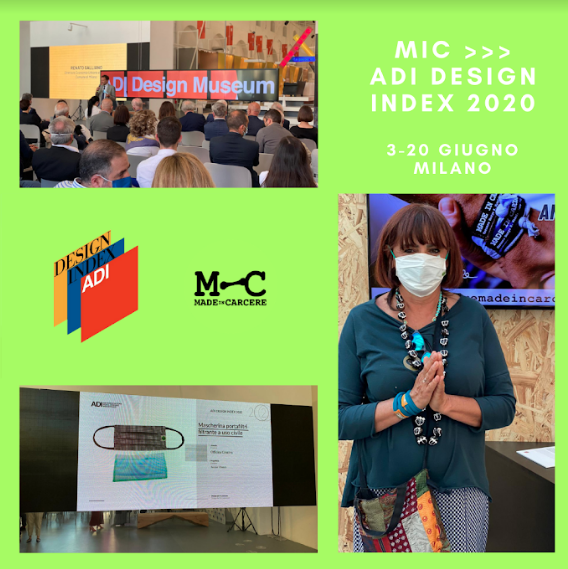
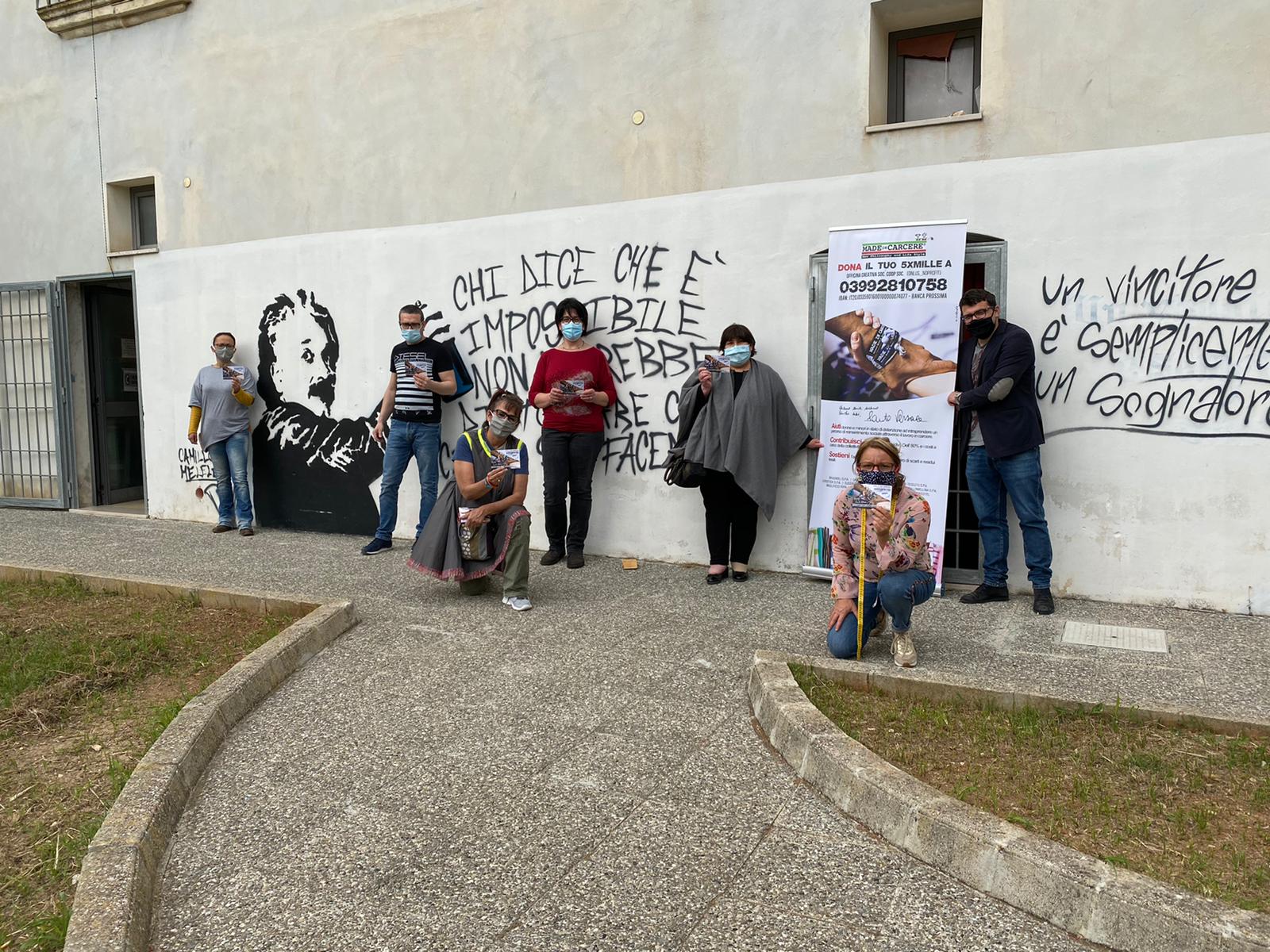
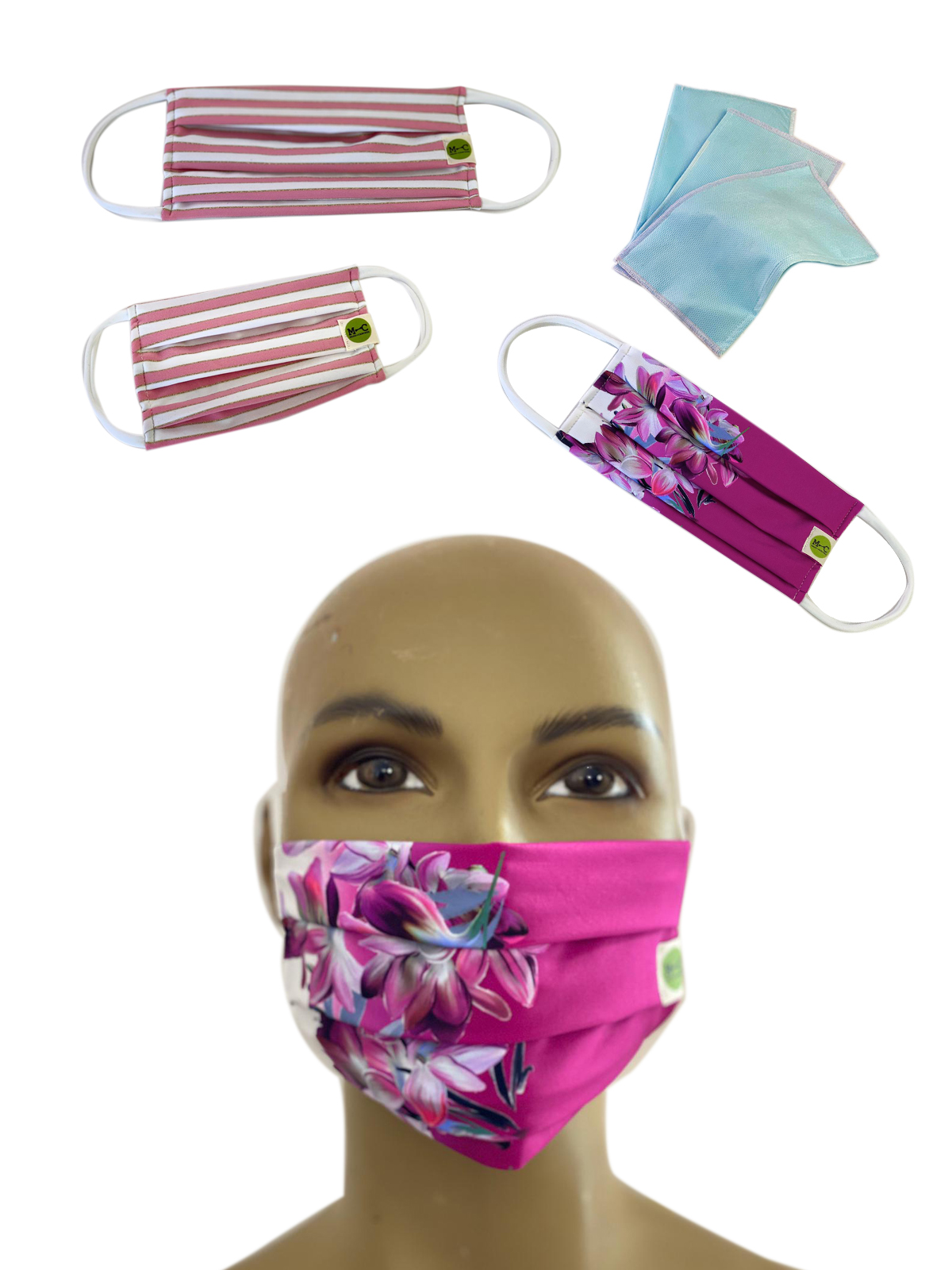
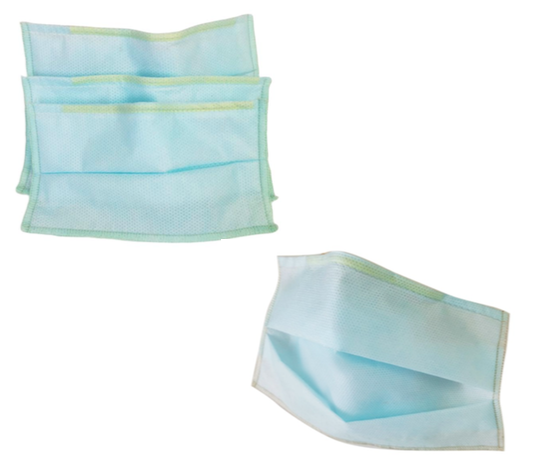
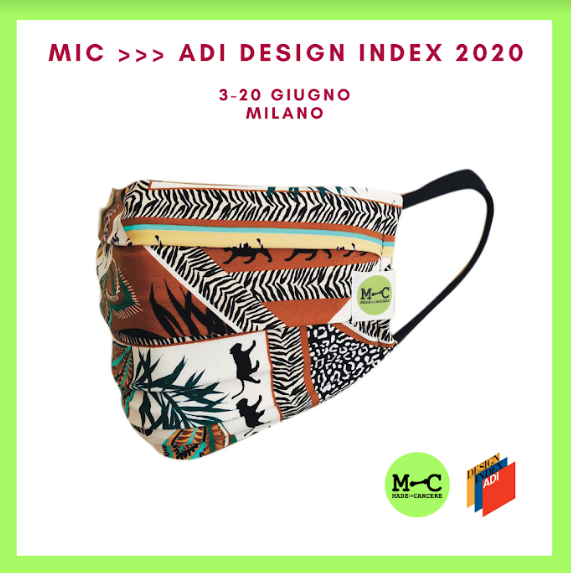
@OFFICINA CREATIVA SOCIETA' COOPERATIVA SOCIALE, 2021
Content licensed to the European Union.